Making Waves: The Benefits and Challenges of Responsibly Implementing Wastewater-based Surveillance for Rural Communities
Abstract/Summary: The sampling and analysis of sewage for pathogens and other biomarkers offers a powerful tool for monitoring and understanding community health trends and potentially predicting disease outbreaks. Since the early months of the COVID-19 pandemic, the use of wastewater-based testing for public health surveillance has increased markedly. However, these efforts have focused on urban and peri-urban areas. The potential public health benefits of wastewater-based surveillance for rural communities are substantial – though so too are the methodological and ethical challenges. Practitioner observations and research findings indicate that for many rural systems, typical implementation approaches for wastewater-based surveillance will not yield sufficiently reliable or actionable results. In this paper, we discuss key challenges and potential strategies to address them. However, to support and expand the implementation of responsible, reliable, and ethical wastewater-based surveillance for rural communities, best practice guidelines and standards are needed.

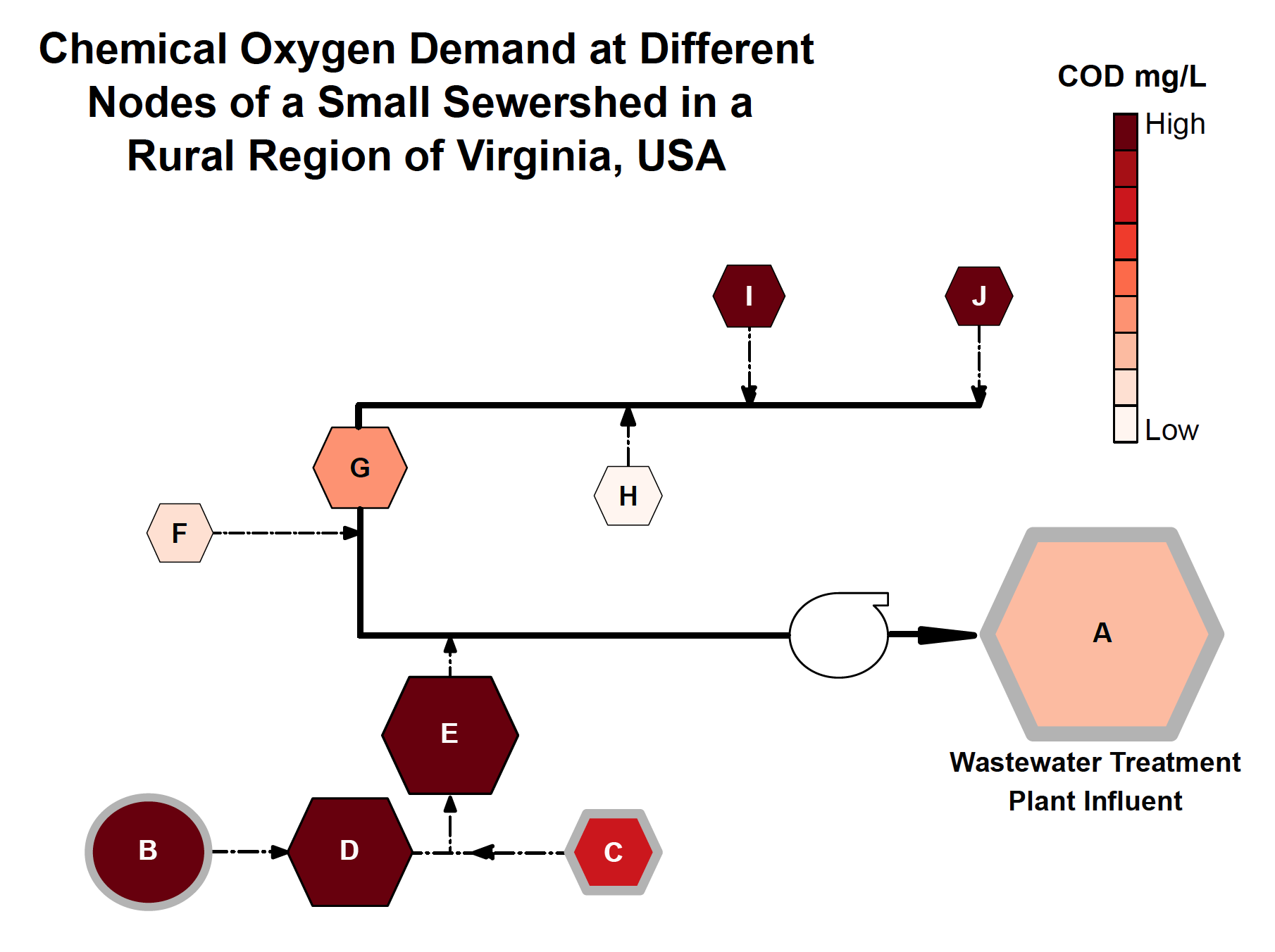
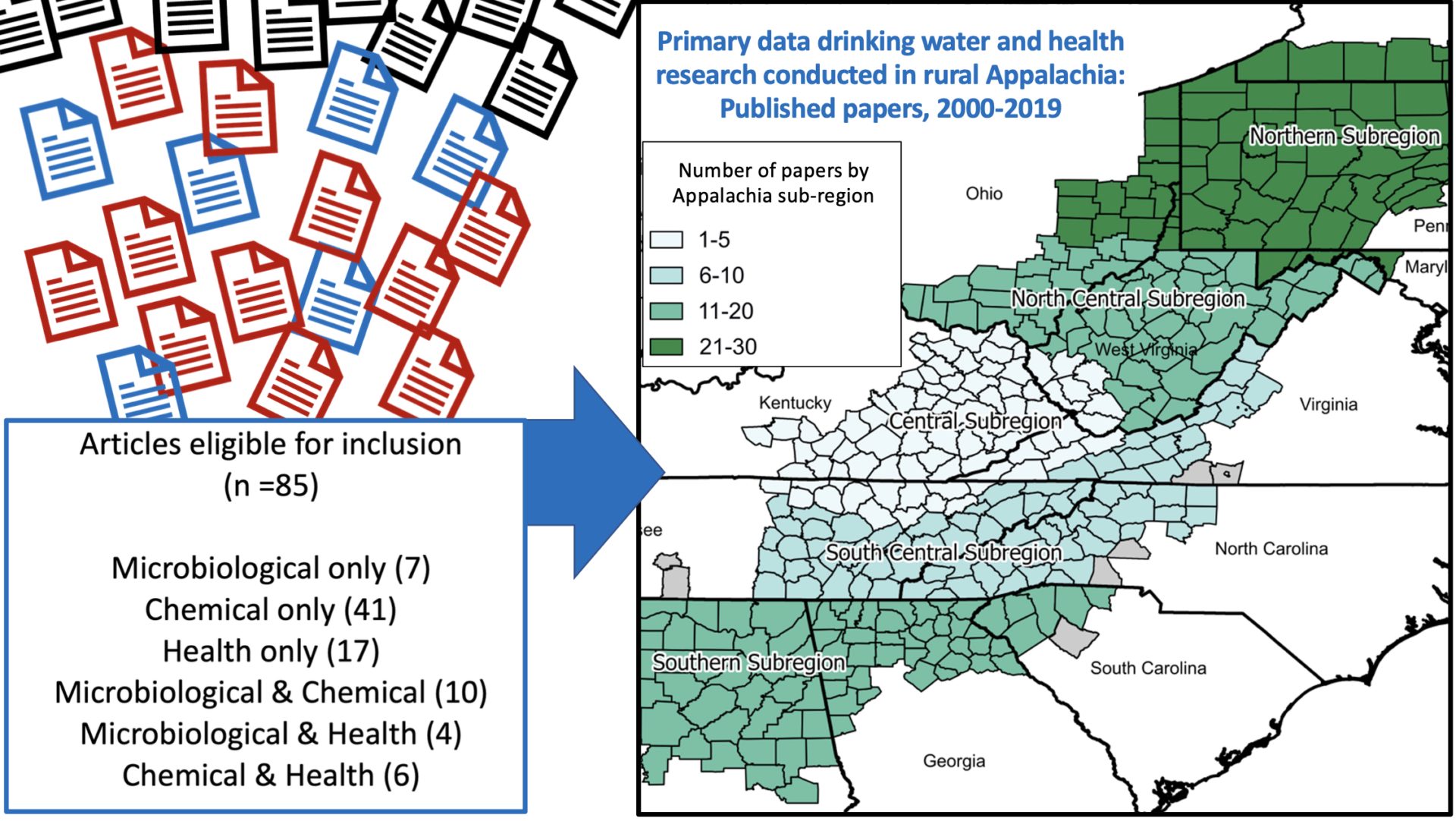


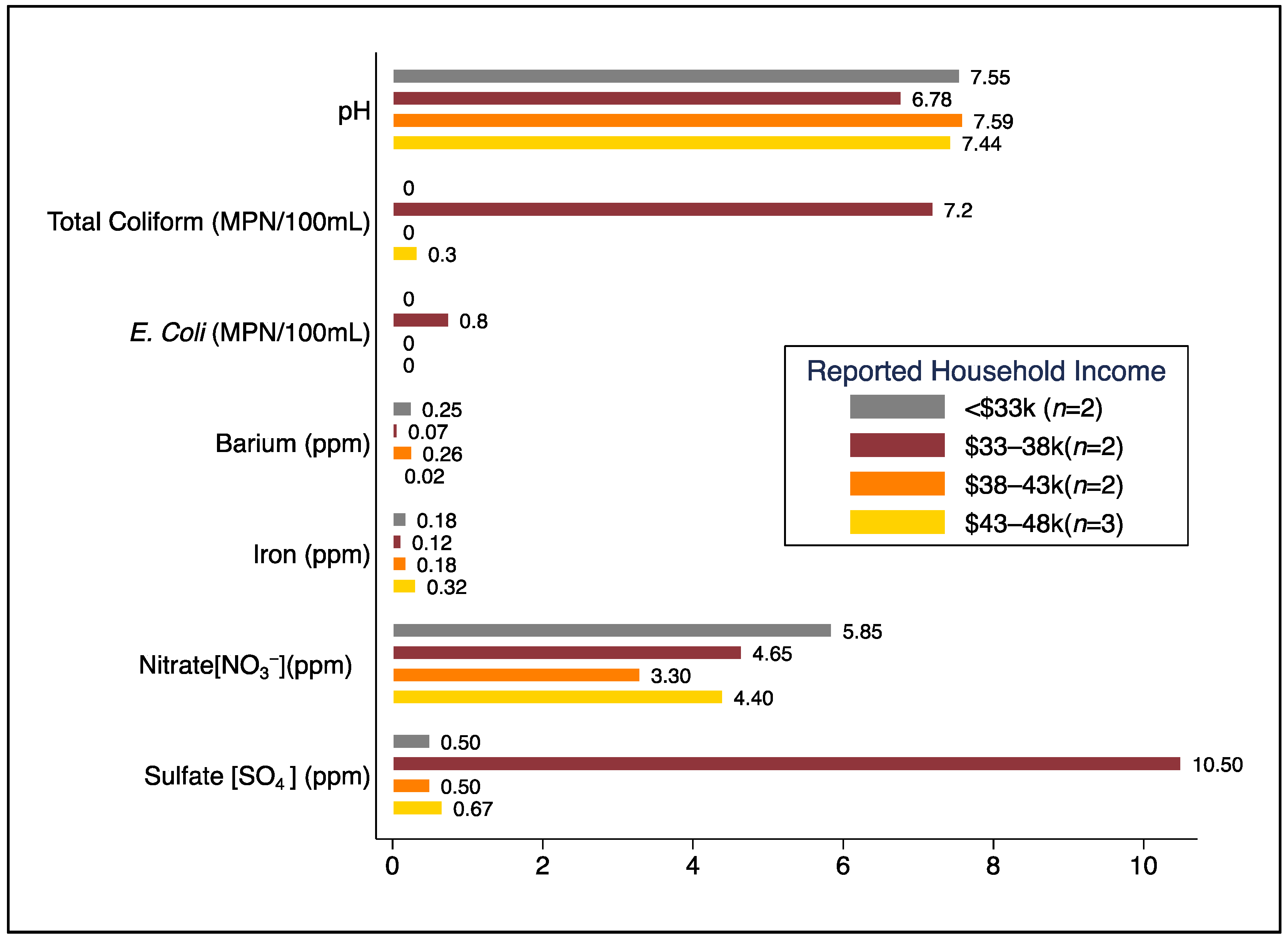

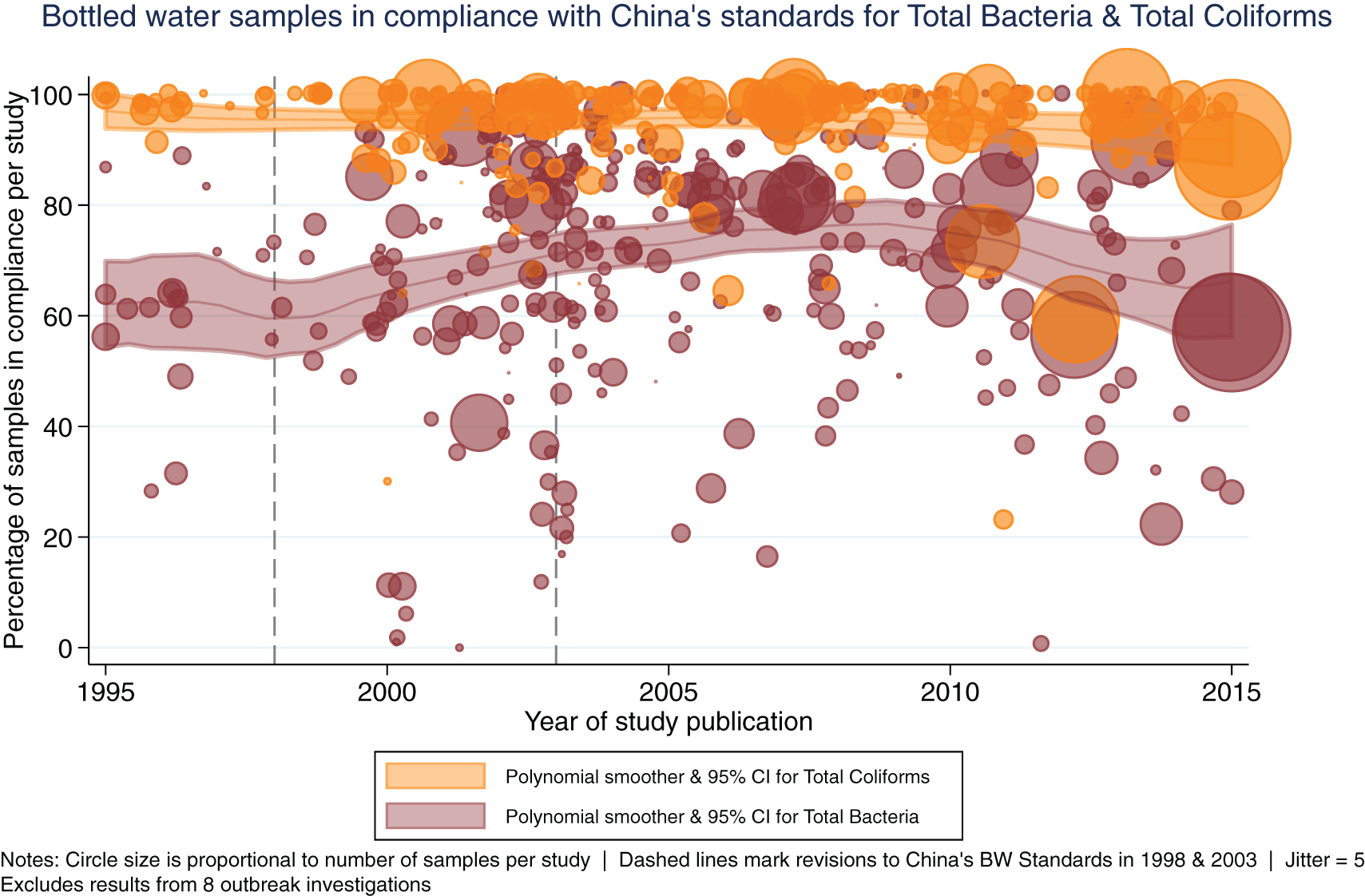


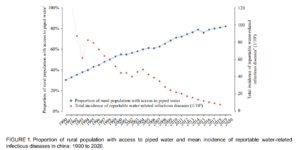 Abstract/Summary: In the 1950s, shortly after the founding of the People’s Republic of China (PRC), the central government created the Patriotic Health Campaign (PHC) in order to standardize and disseminate health focused educational materials intended to control and prevent infectious diseases (1). “Water improvement”, meaning measures aimed at providing safe drinking water for households in China, was an important part of the PHC. After 60 years of water improvement policies, programs, and investments, the rural water supply sanitation and hygiene in China has improved dramatically, and water-related diseases no longer negatively impact the rural population as they once did. In addition to improvements related to the quantity and quality of the rural water supply, water improvement programs also promoted improved hygiene, sanitation, and other health-related behaviors among rural households. Together, such initiatives have improved the quality of life and the health of hundreds of millions of rural residents, while also contributing to economic and social advancement across rural China (2). The purpose of this article is to describe how the PHC served as a foundation for the expansion and improvement of drinking water supply in rural China, and to summarize the key programs, projects, and initiatives that followed over the last 60 years.
Abstract/Summary: In the 1950s, shortly after the founding of the People’s Republic of China (PRC), the central government created the Patriotic Health Campaign (PHC) in order to standardize and disseminate health focused educational materials intended to control and prevent infectious diseases (1). “Water improvement”, meaning measures aimed at providing safe drinking water for households in China, was an important part of the PHC. After 60 years of water improvement policies, programs, and investments, the rural water supply sanitation and hygiene in China has improved dramatically, and water-related diseases no longer negatively impact the rural population as they once did. In addition to improvements related to the quantity and quality of the rural water supply, water improvement programs also promoted improved hygiene, sanitation, and other health-related behaviors among rural households. Together, such initiatives have improved the quality of life and the health of hundreds of millions of rural residents, while also contributing to economic and social advancement across rural China (2). The purpose of this article is to describe how the PHC served as a foundation for the expansion and improvement of drinking water supply in rural China, and to summarize the key programs, projects, and initiatives that followed over the last 60 years.